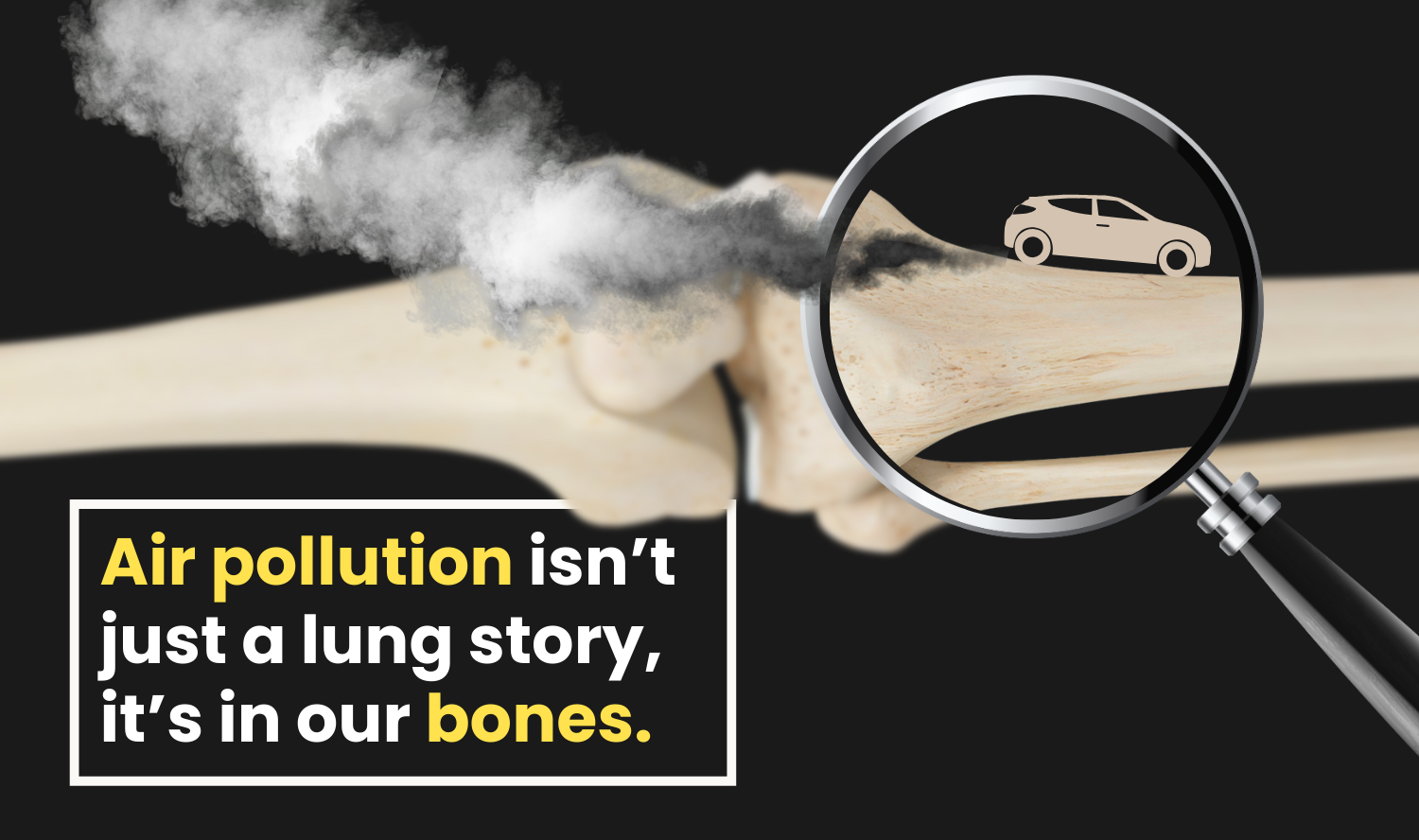
As India rises in status to become a developed nation, the government realises the mantra ‘Health is Wealth’ is necessary for a good economy and welfare of the nation and is offering many schemes such as the Ayushman Bharat Pradhan Mantri Jan Arogya Yojana (PMJAY) so that everyone in India, including people with low incomes, have proper access to good healthcare. PMJAY seeks to address the needs of 40 per cent of the poorest population in India, which accounts for almost 107.4 million low-income families, making it the largest such scheme in the world.
The 2030 sustainable development goal (SDG) 3.8 refers to the attainment of universal health coverage (UHC), which targets quality health services to everyone while ensuring their financial protection. However, as of 2019, only 1.3 per cent of gross domestic product (GDP) accounts for government health expenditure, but according to the UHC, 5 per cent of GDP is required to meet this goal.
Moreover, the ability of publicly funded health insurance in India to provide financial safety was limited. Because of such factors, people, especially the poor, are forced to spend out-of-pocket in case of a health shock. Further, because of less trust in the public health system, people opt for private health facilities and borrow and sell to meet health expenditures. This is known as hardship financing.
To better understand the situation, the authors of this paper Ms. Arya Rachel Thomas and Prof. Santosh Kumar Sahu from the Department of Humanities and Social Sciences, Indian Institute of Technology Madras, Chennai, India, Mr. T. Muhammad from the Department of Family and Generations, International Institute for Population Sciences, Mumbai, India, and Prof. Umakant Dash from the Institute of Rural Management Anand (IRMA), Anand, India, have relied on two rounds of National Sample Surveys (NSS), namely, one sample of 34,478 households with at least one inpatient from the 71st round (2014) and 56,681 households with at least one inpatient from the 75th round (2018).
Multivariable logistic regressions and multivariate decomposition analyses were conducted to explain the factors associated with hardship financing in Indian households with hospitalised member(s).
It was found that although hardship financing for inpatient households decreased between 2014 and 2018, households with catastrophic health expenditure (CHE) had higher odds of hardship financing than those without CHE. CHE refers to families or households indulging in out-of-pocket healthcare expenses, which leads to financial hardships. This could be due to the flaws in implementing the schemes and the inefficient allocation of healthcare resources to the insurance beneficiaries.
From this study, the factors in households that caused hardship financing include the following:
- Households with insurance have a higher prevalence of hardship financing. This could be because of low awareness and/or increased utilization of hospital services.
- Gender, too plays a role in hardship financing. Households with only women had higher hardship financing than in mixed-gender households. This could be because women are discriminated in the household decision-making process. There is, therefore, a need for gender-specific economic policies, especially in female-headed households.
- The age of the household head and education status were also found to be factors. It was found that the prevalence of hardship increased with the increase in the age of the household head and reduced with the increase in education levels.
- There is strong evidence of out-of-pocket expenditure (OOPE) among households with members suffering from non-communicable diseases (NCDs) in India.
- Extended periods of hospitalization also cause impoverishment in Indian households.
- Households with patients who seek healthcare from private health facilities also had more likelihood of hardship financing. This could be because of the exorbitant charges of private hospitals and the inadequacy of public sector hospitals.
This study showed that although complete financial protection for healthcare is yet to be achieved, there are still improvements in health protection for inpatient care over time. The decline in hardship financing is because of the government’s continuous efforts to improve public-funded health insurance in India. However, the public health system needs to be further enhanced, and the private health sector needs to be more accessible to people with limited resources.

Although there is a positive result in the reduction of hardship financing from 2014 to 2018, the authors feel that policymakers should address the pressing need to design a functional health insurance program to maximize the benefit of risk pooling and safeguard the health and welfare of poor households.
Dr. Sanjay Kumar Mohanty, Professor and Head, The International Institute for Population Sciences (IIPS), Mumbai, India, noted the importance of this study with the following comments: “The article “Examining the Factors Contributing to a Reduction in Hardship Financing Among Inpatient Households in India” by Thomas, Muhammad, Sahu, and Dash, published in Scientific Reports, significantly contributes to the literature on health financing in India. The authors have utilized nationally representative data and sound methodologies to examine the factors influencing financial hardship. I congratulate the authors and their mentor for this novel contribution.
Literature on financial hardship, beyond the estimation of catastrophic health spending, is limited in India. Distress financing is the simplest variable to capture the complex phenomenon of financial protection of a population. The authors’ finding of a reduction in distress financing for inpatient care is revealing. Among other factors, prolonged hospitalization and treatment at private hospitals continue to have an impoverishing effect on financial hardship. The Pradhan Mantri Jan Arogya Yojana (PMJAY) has changed the insurance landscape in the country and possibly reduced financial hardship. However, it was not possible for the authors to assess the impact of PMJAY, as it was implemented in 2018, which may be considered a data limitation.”
Article by Akshay Anantharaman
Click here for the original link to the paper










